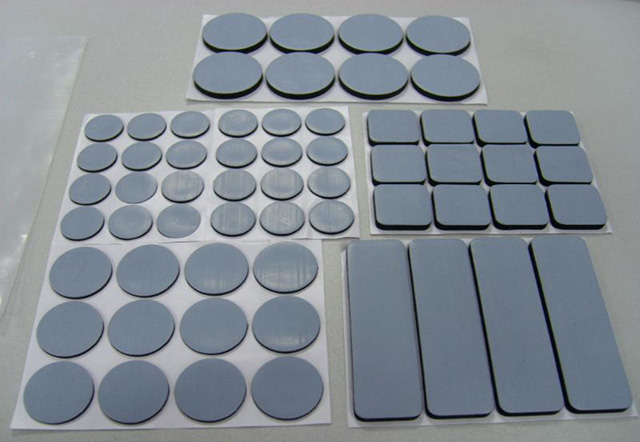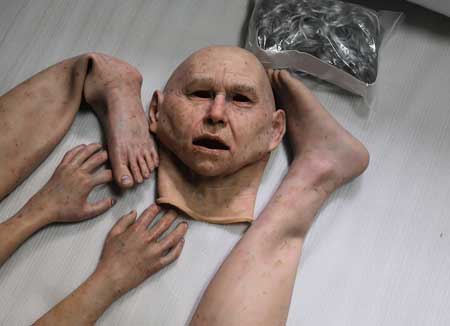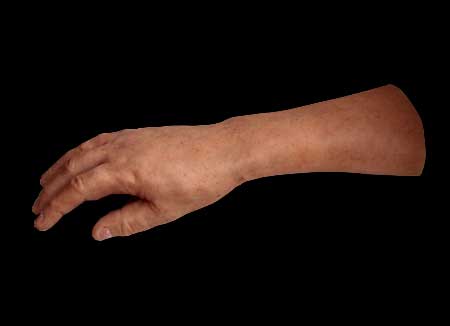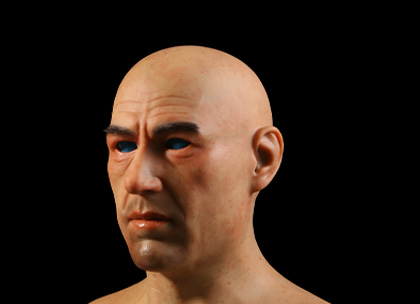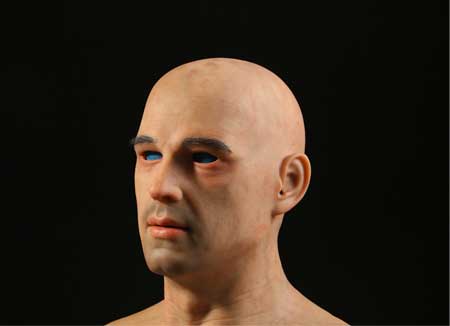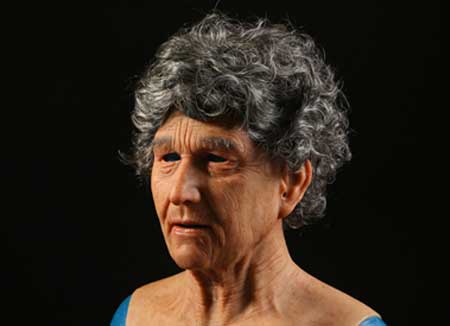Factors influencing silica gel products
1. Viscosity. The volumetric resistance of a liquid or solid to flow, i.e. the internal friction or resistance to flow between molecules as they flow under an external force. Viscosity is usually proportional to hardness.
2. Hardness. The local resistance of a material to the pressure of a hard object into its surface is called hardness. Silicone rubber has a range of 10 to 80 Shaw hardness, which gives the designer full freedom to choose the required hardness to best achieve a specific function. A variety of intermediate hardness values can be achieved by mixing polymer substrates, fillers and additives in different proportions. Similarly, the time and temperature of heating and curing can also change hardness without damaging other physical characteristics.
3. Tensile strength. Tensile strength is the force required on each range unit to cause a sample of rubber material to tear. The tensile strength of thermal-sulfurized silicone rubber ranges from 4.0 to 12.5MPa. Fluorosilicone rubber tensile strength range between 8.7 to 12.1MPa. The tensile strength of liquid silicone rubber ranges from 3.6 to 11.0MPa.
4. Tear strength. Resistance to the expansion of a cut or notch when applied to a sample with a cut. Hot and sulfurized silicone rubber can withstand tearing even under extreme torsional stress after incision. The tearing strength of thermal-sulfurized solid silicone rubber ranges from 9 to 55 kN/m. The tearing strength range of fluorosilicone rubber is between 17.5-46.4kN /m. The tearing strength of liquid silicone rubber ranges from 11.5 to 52 kN/m.
5. Elongation. This is usually referred to as "ultimate fracture elongation" or the percentage increase relative to the original length of the sample when it breaks. Thermal-sulfurized solid silicone rubber generally has a elongation range of 90 to 120%. Fluorosilicone rubbers typically have a elongation of between 159 and 699%. Liquid silicone rubber generally has a elongation of 220 to 900%. Different processing methods and the choice of hardener can greatly change the elongation. The elongation of silicone rubber has a great relationship with temperature.
6. Operation time. The operating time is calculated from the moment the gel is added to the vulcanizing agent. In fact, there is no complete boundary between this operation time and the later curing time. The gel has been vulcanized from the moment of adding the curing agent. This operation time means that the curing reaction of the product in 30 minutes can not affect the quality of the finished product. Therefore, the more time is saved in the process of product operation, the more beneficial it is to the finished product.
7. Curing time. Some would say curing time. That means that after this long period of time the silicone vulcanization is basically over. This is basically over which means the product is available, but in fact there's a very small fraction of the curing reaction that's not over yet. So products made of silicone rubber, such as silicone molds, are usually put in place for a period of time before being put into use.
